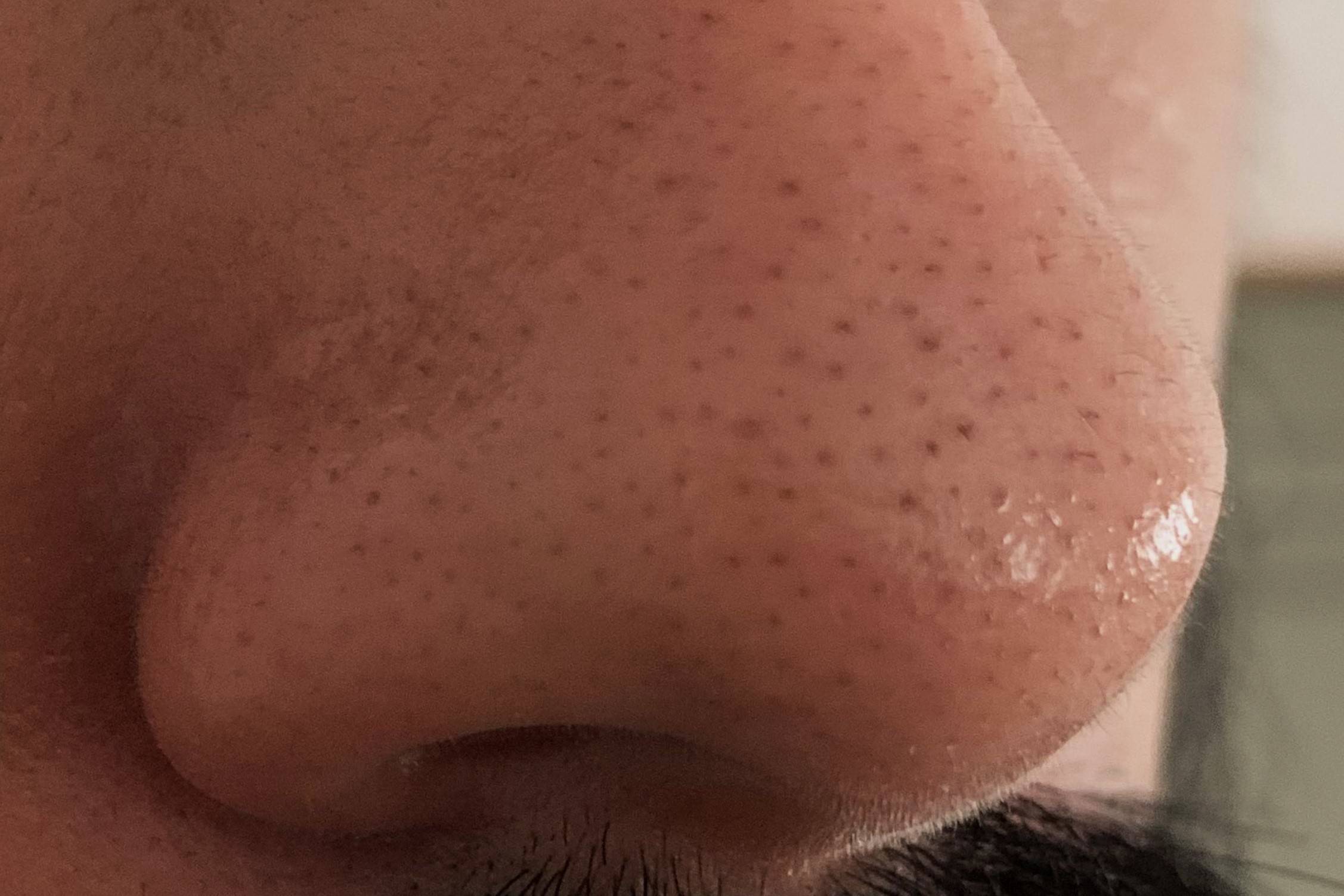
Trichostasis Spinulosa might sound like a spell from a fantasy novel, but it's actually a skin condition that many people have never heard of. What is Trichostasis Spinulosa? It's a condition where multiple hair follicles become clogged, leading to tiny, dark, spiky bumps on the skin. These bumps often appear on the face, especially the nose, but can also show up on the back or other areas. While it might look alarming, it's generally harmless. However, understanding this condition can help in managing its appearance and knowing when to seek medical advice. Let's dive into 50 intriguing facts about Trichostasis Spinulosa that will shed light on this mysterious skin issue.
Key Takeaways:
- Trichostasis Spinulosa is a rare skin condition that causes small, dark plugs on the skin, often mistaken for blackheads. It can be managed with good skincare practices and medical treatments.
- Trichostasis Spinulosa primarily affects hair follicles, leading to clusters of vellus hairs. Early diagnosis and treatment can help reduce the appearance of plugs and manage the condition better.
What is Trichostasis Spinulosa?
Trichostasis Spinulosa is a rare skin condition that many people might not have heard of. It involves the clustering of hair follicles, leading to small, dark spiny plugs on the skin. Let's dive into some fascinating facts about this condition.
- Trichostasis Spinulosa primarily affects hair follicles.
- It often appears as black dots on the skin.
- The condition is more common in adults.
- It can occur on various parts of the body, including the face and back.
- The spiny plugs are actually clusters of vellus hairs.
- Vellus hairs are fine, short, and usually unnoticeable.
- Trichostasis Spinulosa is not contagious.
- It can be mistaken for blackheads or acne.
- The exact cause of Trichostasis Spinulosa is unknown.
- Some believe it may be related to hormonal changes.
Symptoms and Diagnosis
Understanding the symptoms and how Trichostasis Spinulosa is diagnosed can help in identifying the condition early. Here are some key points to consider:
- Symptoms include small, dark plugs on the skin.
- These plugs can sometimes cause itching.
- A dermatologist can diagnose the condition through a skin examination.
- A biopsy may be performed to confirm the diagnosis.
- Dermoscopy can help visualize the clustered hairs.
- The condition is often asymptomatic.
- It can be more noticeable in people with darker skin.
- Trichostasis Spinulosa can be mistaken for other skin conditions.
- It is often found during routine skin checks.
- Early diagnosis can help manage the condition better.
Treatment Options
While Trichostasis Spinulosa is not harmful, some people may seek treatment for cosmetic reasons. Here are some treatment options:
- Topical retinoids can help reduce the appearance of plugs.
- Salicylic acid is another common treatment.
- Mechanical extraction can remove the plugs.
- Laser therapy is an option for severe cases.
- Regular exfoliation can prevent new plugs from forming.
- Moisturizers can help soothe the skin.
- Antibiotics are rarely needed.
- Chemical peels can improve skin texture.
- Over-the-counter treatments are available.
- Consulting a dermatologist is recommended for persistent cases.
Prevention and Management
Managing Trichostasis Spinulosa involves a combination of good skincare practices and medical treatments. Here are some tips:
- Regular cleansing can help keep pores clear.
- Avoiding heavy, oily skincare products is beneficial.
- Using non-comedogenic products can prevent clogging.
- Gentle exfoliation can remove dead skin cells.
- Staying hydrated keeps the skin healthy.
- Avoiding excessive sun exposure can prevent skin damage.
- Wearing sunscreen protects the skin.
- A balanced diet supports overall skin health.
- Stress management can improve skin conditions.
- Regular dermatological check-ups are important.
Interesting Facts
Here are some lesser-known facts about Trichostasis Spinulosa that might surprise you:
- The condition was first described in 1901.
- It is more common in men than women.
- Trichostasis Spinulosa can affect people of all ages.
- It is sometimes associated with other skin conditions.
- The condition can be hereditary.
- It is more prevalent in people with oily skin.
- Trichostasis Spinulosa is not life-threatening.
- It can sometimes resolve on its own.
- The condition is often underdiagnosed.
- Awareness and education can help in early detection.
Understanding Trichostasis Spinulosa
Trichostasis Spinulosa might sound complex, but it's just a skin condition where multiple hair follicles get clogged. These tiny, dark plugs can appear on the face, back, or arms. While it’s not harmful, it can be annoying and affect self-esteem. Treatments like exfoliation, retinoids, and laser therapy can help manage the condition. Regular skincare routines and avoiding harsh products can also prevent flare-ups.
Knowing the facts about Trichostasis Spinulosa helps in recognizing and addressing it effectively. If you notice persistent symptoms, consulting a dermatologist is a good idea. They can provide personalized advice and treatment options. Remember, while it’s a bit of a nuisance, it’s manageable with the right care. Stay informed, take action, and keep your skin healthy.
Frequently Asked Questions
Was this page helpful?
Our commitment to delivering trustworthy and engaging content is at the heart of what we do. Each fact on our site is contributed by real users like you, bringing a wealth of diverse insights and information. To ensure the highest standards of accuracy and reliability, our dedicated editors meticulously review each submission. This process guarantees that the facts we share are not only fascinating but also credible. Trust in our commitment to quality and authenticity as you explore and learn with us.
